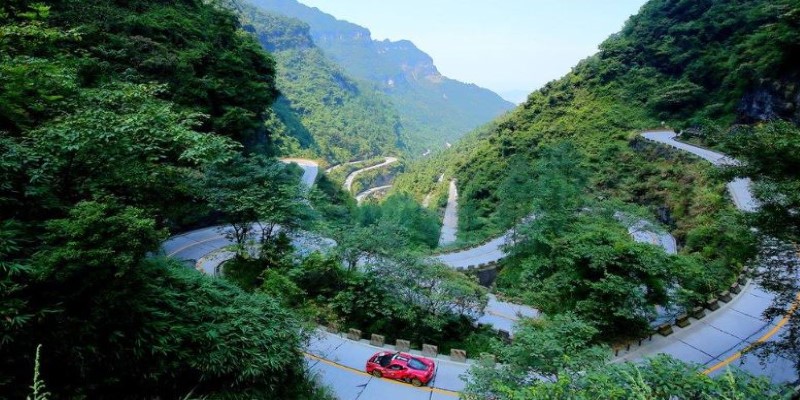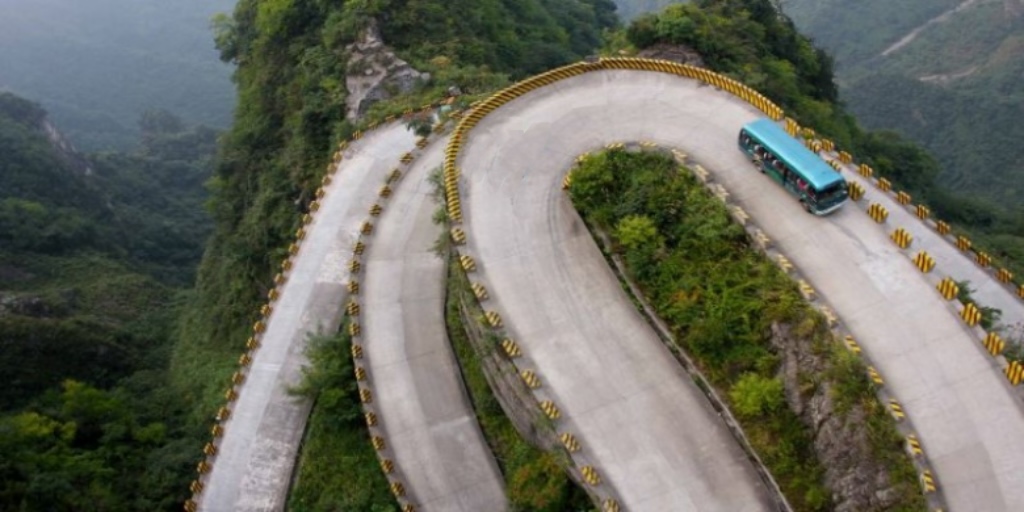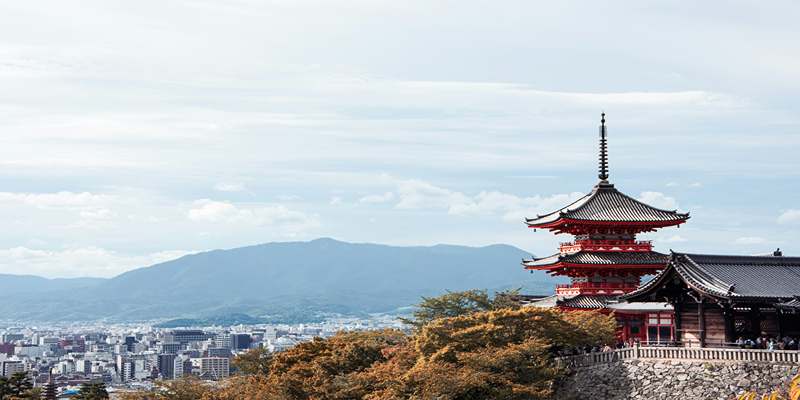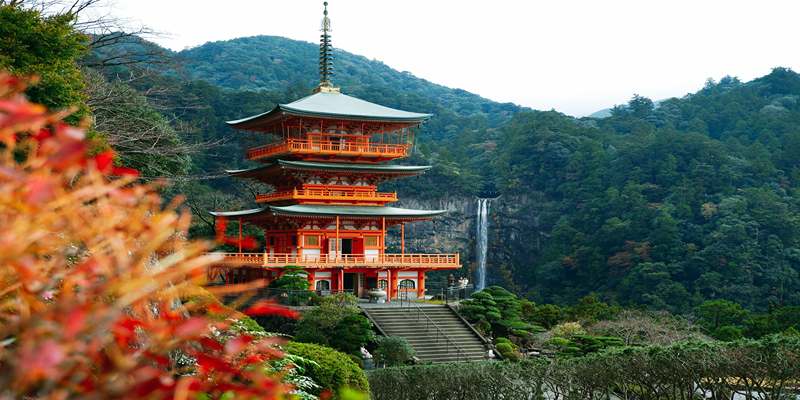Tongtian Avenue, often referred to as one of the most dangerous roads in the world, cuts through China’s rugged mountain landscape, offering both breathtaking views and terrifying challenges. This winding path, notorious for its sharp turns and steep cliffs, demands full attention from anyone who dares to drive it.
Although it links distant regions and has historical importance, its danger has taken the lives of many through the years. Why is this road so risky, and why does it still garner respect and fear? Let's examine one of China's most infamous highways up close.
The Geography of Tongtian Avenue
Tongtian Avenue weaves its way through China's mountainous region, where high cliffs and sudden turns make driving a treacherous affair. The road is narrow and goes on for a few kilometers, cutting into the sides of tall mountains, with hairpin curves and narrow stretches that require a cautious approach. The route is lined with dense forests and rock faces, adding to the danger for anyone traveling along it. The high altitude of the road further increases the danger, especially when driven in bad weather such as rain, fog, or snow, which can cut visibility immensely and leave the road slippery.
The worst section of Tongtian Avenue is its string of close, hairpin bends. The driver needs to slow dramatically to maintain control around these sharp curves, but in most places where there are no guardrails, little separates them from the drop-offs along the mountainside. One minor error can mean a fatal plunge off the side of the mountain. This mix of risky turns, vertical obstacles, and the absence of safeguard barriers has confirmed Tongtian Avenue's title as one of China's most hazardous highways.
The Challenges of Driving on Tongtian Avenue
Traveling on Tongtian Avenue is fraught with difficulty, many of which exist specifically on high-altitude mountain roads. One of the biggest challenges is the volatile weather. Because it is high up, the road often sees sudden changes in the weather, ranging from snow and rain to fog. These cause visibility to plummet and the road to become slippery, especially in colder weather, adding an added level of risk to the journey.

The road’s winding nature further complicates the journey. Drivers must navigate sharp turns with precision while maintaining a safe speed. The tight curves demand exceptional driving skills, and even slight miscalculations can result in accidents. The terrain is unforgiving, and not all vehicles are equipped to handle such conditions. This, coupled with the inexperience of some drivers on mountain roads, increases the risk of mishaps.
Another challenge is the narrowness of the road. In many stretches, it’s too tight for two vehicles to pass each other comfortably. This increases the chance of collisions, especially when drivers misjudge distances. The road is often used by large trucks and buses, making it even more difficult to maneuver. These bulky vehicles add to the complexity of driving, especially in narrow sections, and create additional hazards for both locals and travelers navigating the road.
The Historical Significance of Tongtian Avenue
Tongtian Avenue is not only a dangerous road but also a vital piece of history. Built decades ago, it was designed to connect isolated mountain villages to the rest of China, overcoming the challenges posed by the harsh natural landscape. The construction of the road was an extraordinary feat of engineering, requiring immense perseverance and effort from the workers who braved difficult terrain to make it a reality. For many years, Tongtian Avenue was the only practical route for transportation in the region, becoming a lifeline for local communities.
Despite its historical importance, the road’s treacherous nature has led to numerous accidents, claiming many lives over the years. As the years have passed, the government has worked to improve safety, installing guardrails in certain areas and enhancing signage. However, the road’s numerous twists, turns, and narrow stretches continue to make it one of the most hazardous routes in China. Its combination of historical significance and danger ensures that Tongtian Avenue remains both a symbol of human ingenuity and a constant reminder of the risks of navigating such a road.
Why Is Tongtian Avenue So Dangerous?
What makes Tongtian Avenue stand out among other dangerous roads in China? It is the combination of factors that contribute to its perilous nature. First, there is the topography. The road is built into a mountainous region with steep inclines and dramatic drops, making it difficult to navigate, especially for those who are not familiar with the area. Second, there are the weather conditions, which can change rapidly and make the road slippery and hard to drive on. Finally, the lack of proper safety measures in some areas, such as guardrails and wide lanes, makes it even more hazardous.

Additionally, the narrowness of the road makes it particularly difficult for large vehicles to pass through. The road is not built to accommodate modern traffic demands, and there are few alternative routes for those who need to travel. This makes Tongtian Avenue a single point of vulnerability in the region's road network. In essence, the road's layout, combined with the unpredictable weather and the lack of safety infrastructure in some areas, makes it one of the most dangerous roads in China.
Conclusion
Tongtian Avenue is not just a road; it’s a testament to human resilience and the relentless forces of nature. Despite its dangers, it remains an essential route, linking isolated regions and serving as a symbol of both achievement and risk. The journey through this winding path is a constant reminder of the importance of road safety and infrastructure. While the road’s beauty is undeniable, so are the risks. As China continues to modernize its infrastructure, Tongtian Avenue’s legacy as a dangerous yet vital route will likely remain, reminding us of the fine line between progress and peril.









